In this article, you will learn why some children enjoy tearing paper, the benefits of paper tearing activities, and how to set up a Montessori-aligned paper tearing activity.
Whether your child's desire to rip paper is a schematic need (transformation schema), a sensory need, or a need for connection with you, setting up a paper tearing activity can help them.
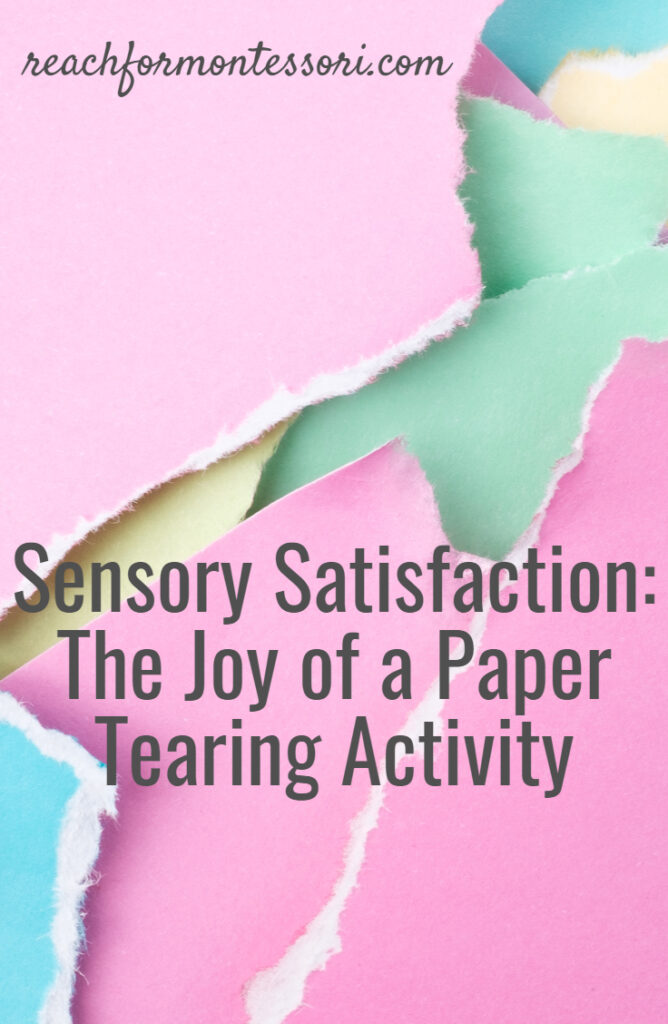
Why do kids sometimes tear paper?
When we've found that our child has ripped the pages of a book or other paper, it can be upsetting.
Often, it's a caregiver's natural inclination to tell the child simply, “We don't rip paper. It's bad“.
This behavior could be a child acting out, maybe experimenting with the cause and effect of the behavior and a caregiver's response.
Children can also sometimes act out in this way as a call for connection with a parent or caregiver.
It is possible, however, that a child who enjoys tearing paper is craving the sensory feedback they get from the activity.
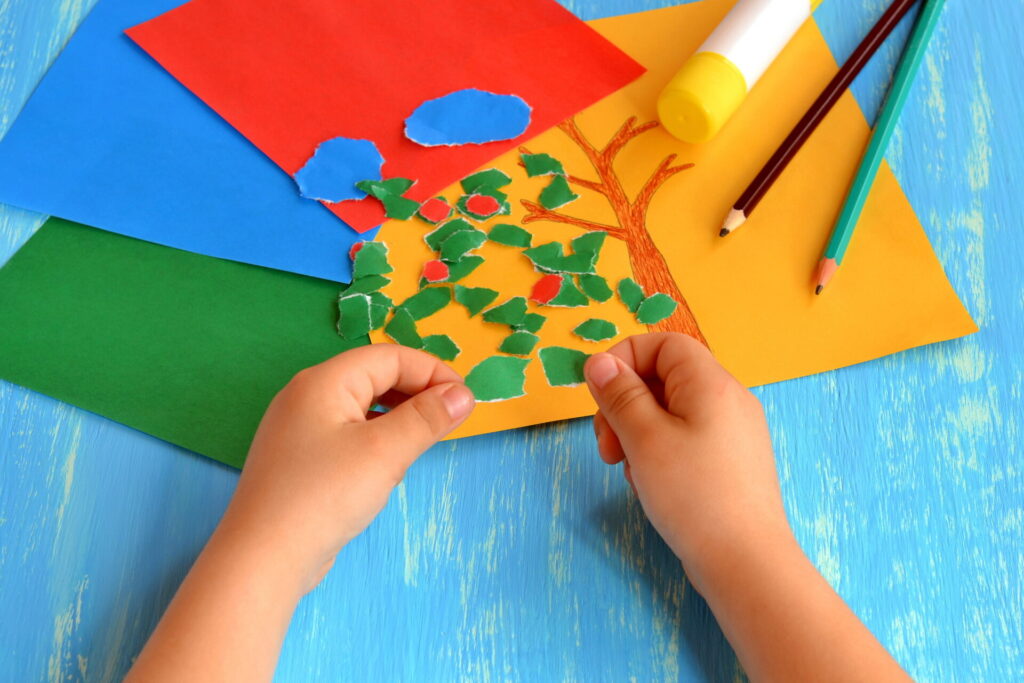
Here are some responses to give when you find your child is tearing/has torn paper material or book pages:
- “If we tear the book pages, we won't have the book to enjoy anymore. Let's find something that we can have fun tearing.”
- “How does it feel when you tear paper? Do you like doing it? I have a fun paper tearing activity we can do, but we should not tear these papers because I need them for work.”
It is important to remember that young children have not yet developed the impulse control that we adults possess.
Likewise, young children are not always able to tell us why they are doing something.
Logical consequences (like removing the book from the child) are appropriate for this behavior and redirection to a similar, but more appropriate, activity is a gentle approach parents can take.
What are the benefits of a paper tearing activity?
Setting up a paper tearing activity for a child has many benefits aside from fulfilling a child's need to feel paper tear.
Paper ripping activities are also great for the following reasons:
Inexpensive- If you've got construction paper somewhere in a bin, that's great. If not, check your recycling container or set some junk mail aside.
Many parents collect paper throughout the holidays so they have some fun colors available for paper tearing activities and other crafts.
Easy to set up- The set-up for paper ripping crafts and activities is typically minimal. Ripping the paper is the bulk of the “work” and your child will be doing that part.
Encourage creativity- Even if you choose to present your paper tearing activity as goal-driven task, allow your child some liberty in the execution to encourage their creativity.
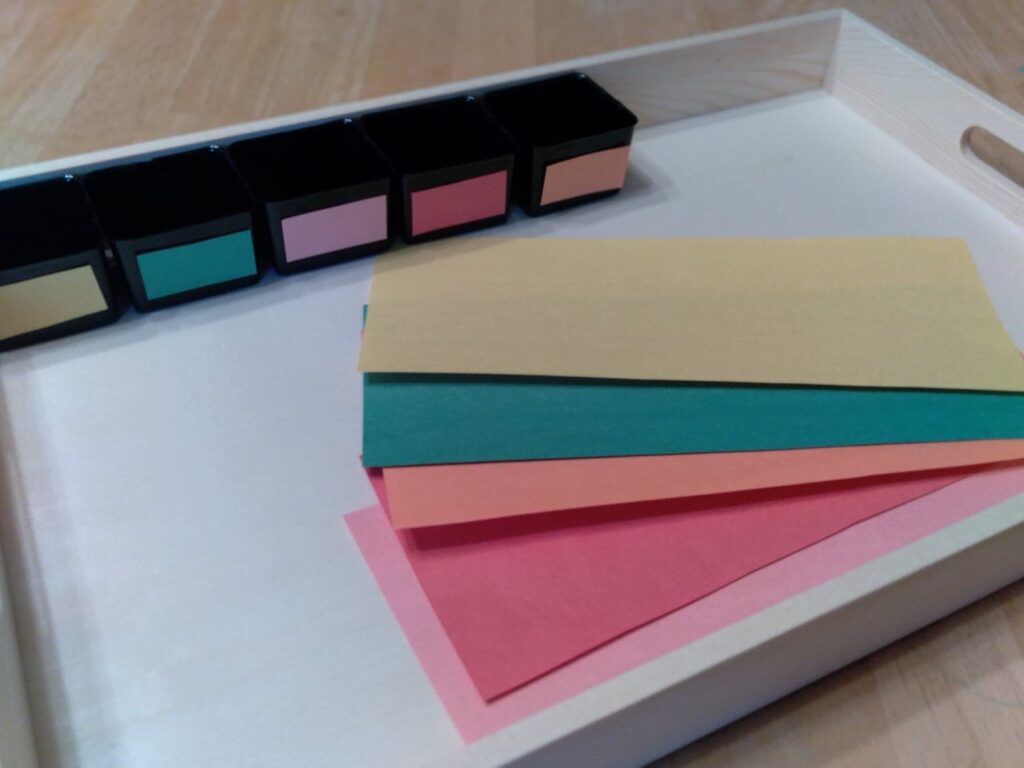
Fine motor refinement- It's not possible to rip a piece of paper and not use fine motor strength. These activities are great helping a child develop the strength they need for holding a pencil in school.
Increases concentration- Ripping paper into small bits might seem like a simple task, but it takes immense concentration for a young child. Every time a child is engrossed in an activity, free of adult interruption, the child's ability to concentrate is benefited.
Cause and effect- Children are always curious about how they can manipulate their environment and what effect their actions might have. Tearing paper is a great way for kids to explore this concept.
Paper ripping activity ideas
The great thing about setting up paper ripping activities is that the options are plentiful and you can observe what your child needs and set it the activity up accordingly.
For example, if your child could benefit from practice with shapes, you can involve shapes in the activity, as with the activity set-up in the photograph below. If your child is interested in graphic symbols for the letter sounds they have recently learned, letters can be worked in to the activity.
Here are some ideas to get you started:
- process art (click here for more process art ideas)
- ripping and pasting in number outlines
- ripping and pasting in letter outlines
- ripping and pasting in shape outlines
- filling plastic bottles with ripped paper
- pasting quantities onto a paper
- using ripped papers for math equations
- making collages
- using bits of paper in loose parts play activities
- filling coloring pages in with ripped bits of paper instead of crayons or markers
- mixing bits of paper together with bottle glue to form various 3-D shapes
- seasonal activities, like gluing bits of paper to scenery drawings
- making confetti balloons
- tearing sales paper images by category
Supplies to have handy:
- construction paper/sales papers/thin cardboard
- plain white paper
- pencil or marker
- glue stick
- bottle glue
- tape
- small containers for sorting
Paper ripping activities can also be set up at a sensory table, for a more controlled mess. This is also a great option for when an organized activity is not desired by the child or caregiver.
How to set up your paper tearing activities in a Montessori fashion
Ripping paper is not part of any standard Montessori classroom curriculum, however it is completely possible to set up a paper tearing activity that serves some of the same goals as traditional Montessori activities.
Direct aims
- to fulfill the sensory need of tearing paper
Indirect aims
- fine motor development
- refined movements
- bilateral coordination
- hand-eye coordination
- color identification
- visual discrimination
- sense of order
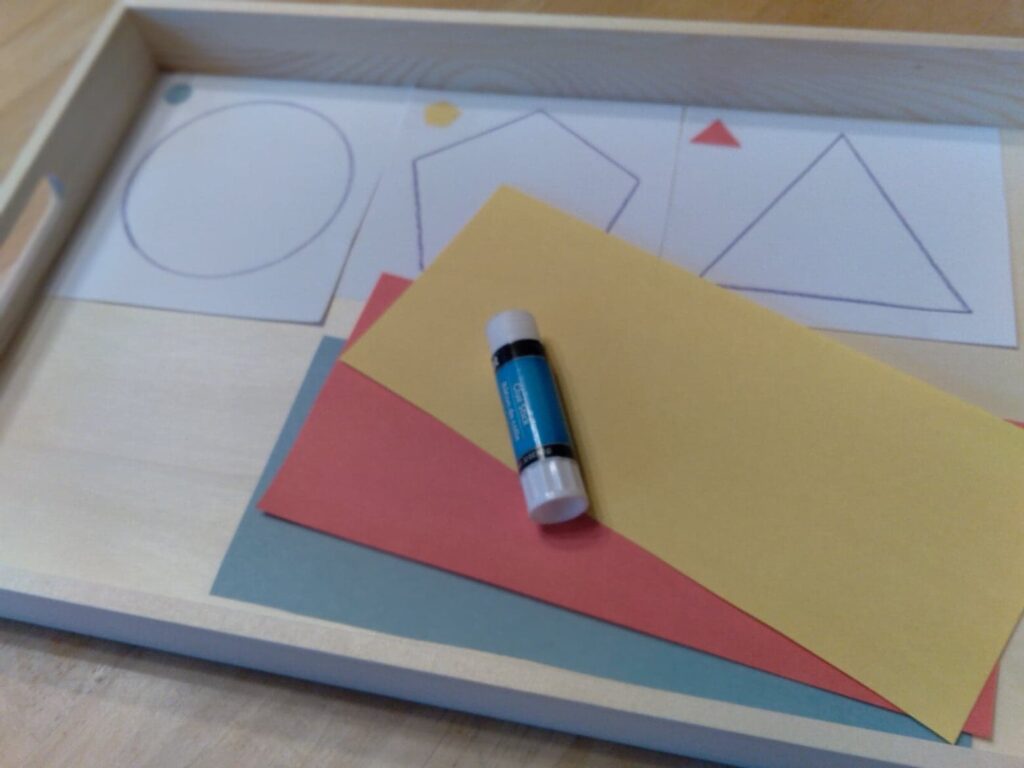
Points of interest
- feeling the paper tear
- seeing the result of the tearing
Presenting a Montessori paper tearing activity
Whatever paper ripping activity you choose, here are some points to follow when setting the tray/activity up if you are looking to make it a Montessori-aligned activity:
- set up to be preformed from left to right (when possible)
- control of error (a way for your child to correct their own work)
- visually appealing, as to invite the child to want to do the activity
- focuses on one concept (when possible)
- prepared in advance (caregivers should practice the presentation beforehand)
- presentation of the activity should be short and sweet
- centered on the child's needs
- work mat to delineate work area
- activity should not be interrupted
- the focus should remain on the activity (take care to be too lively and distract from the activity)
- child should be involved in tidying up
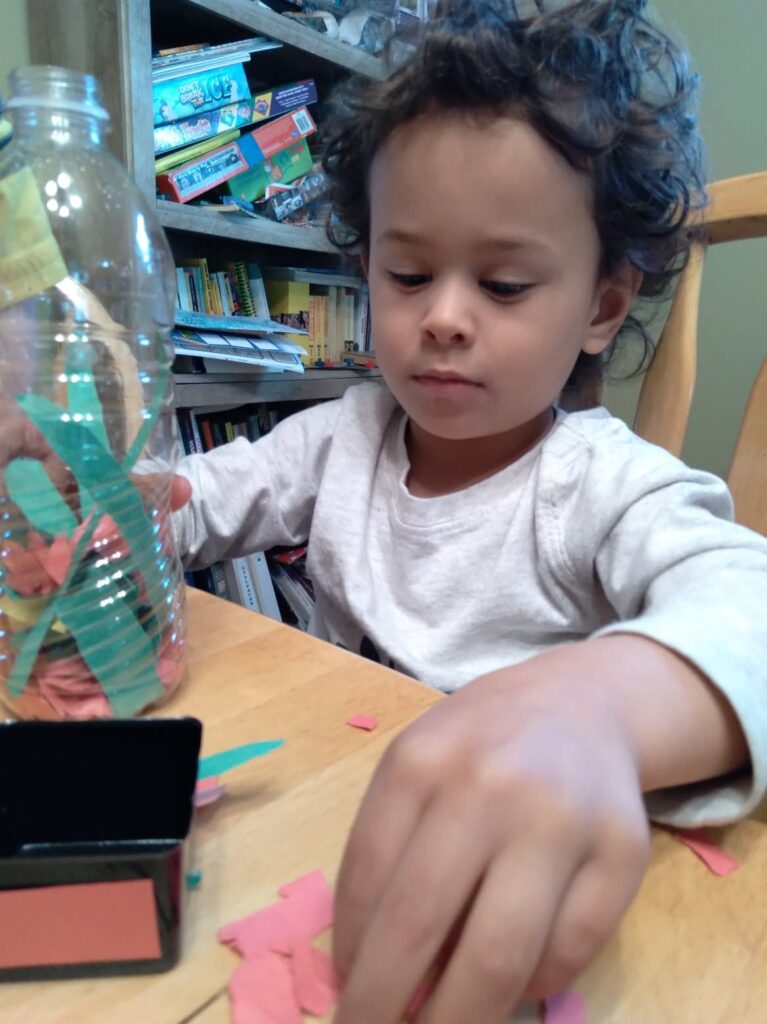
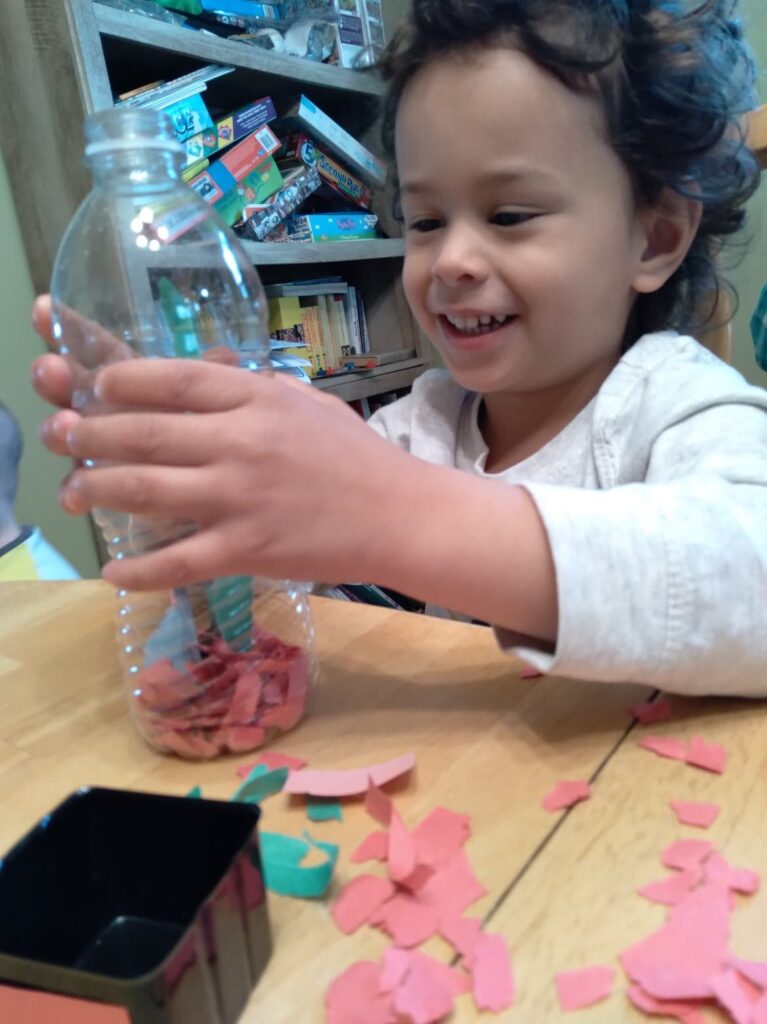
Paper ripping activities can also be set up at a sensory table, for a more controlled mess. This is also a great option for when an organized activity is not desired by the child or caregiver.
Tearing paper is not a bad thing. Caregivers need to, however, direct this energy to a productive activity.
In what ways do you satisfy your child's need to rip paper?
Cheers and don't forget to subscribe!
